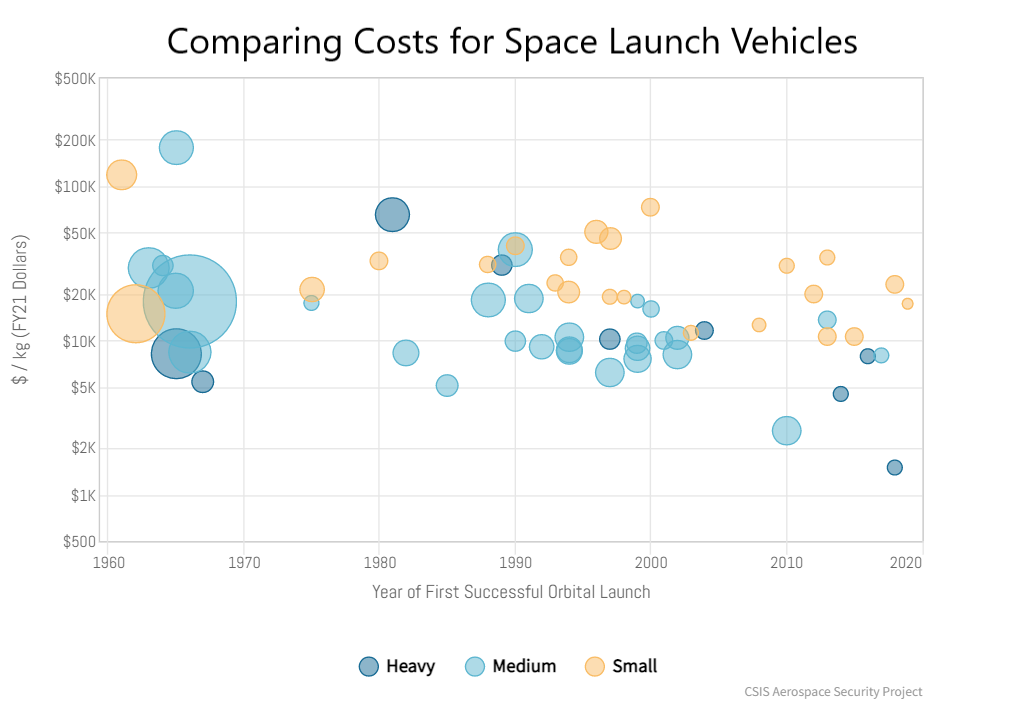For many Americans who wish to avoid financial headaches when they stop working and start living their golden years, their best options include financial instruments such as 401(k) and Individual Retirement Accounts (IRAs). In essence, these managed investment plans create portfolios that the United States Internal Revenue Service will treat in a manner that presents great taxation advantages.
How IRAs are Powered by Compound Interest
Many IRAs harness the power of compound interest for the purpose of maximizing their earnings. Let’s say an IRA is tied to the S&P 500 index; in this case, profits and capital gains are deposited in high-yield accounts that will compound with a certain frequency, which is often daily. This is something you could do on your own with an exchange-traded fund (ETF) and a savings account of your choosing, but you would not receive the tax benefits of retirement plans.

When we look at plans such as Roth IRAs, we can see that they make perfect sense for investors who do not want to see their retirement savings impacted by heavy tax assessments. The contributions you make to a Roth IRA are not burdened with taxes, and withdrawals you make are also tax-free as long as the account has been established for at least five years and you have reached the age of 59 years and six months.
Best Way to Use IRAs
With self-directed IRAs, you have an additional advantage of choosing financial instruments that are not commonly found in other managed plans; real estate and cryptocurrencies come to mind in this regard, and you can contribute up to $6,000 a year without having to worry about being taxed. Compounding is also available to investors who manage their own self-directed retirement plans.
If IRAs sound like win-win situations is because they are. Combining the power of compounding with generous tax-free contributions should appeal to any investor, particularly those who can adhere to a disciplined regime of periodic portfolio deposits. What you need to keep in mind, however, is that making withdrawals from IRAs can result in penalties and a temporary loss of tax advantages. The early withdrawal fees you may encounter with compounding instruments such as certificates of deposit may not be as high as with IRAs.
In the end, IRAs are perfect options for fans of compound interest investing as long as they can remain serious and disciplined about continuing to save up for their retirement. You can always set up an IRA in addition to a regular compounding portfolio.



